
The Chaos Engineering Maturity Model A Roadmap to Operational Resilience
About speaker
Senior Software Engineer II at Harness, Maintainer & LFX Mentor of LitmusChaos
Sayan Mondal is a Senior Software Engineer II at Harness, building their Chaos Engineering platform and helping them shape the customer experience market.
About speakers company
Harness is a modern software delivery platform that focuses on automating and simplifying Continuous Integration (CI) and Continuous Delivery (CD) pipelines, with a strong emphasis on reliability, efficiency, and ease of use. Known for its powerful suite of DevOps tools, Harness helps engineering teams streamline deployments, manage costs, and improve overall developer productivity. The platform includes modules for feature flagging, cloud cost management, chaos engineering, and more, making it a comprehensive solution for organizations looking to enhance their software delivery practices with automation and intelligence.
Abstracts
Is your organization effectively measuring and improving resilience over time, or is chaos engineering just a set of experiments on your checklist? As technology stacks grow in complexity, so does the need for a structured approach to chaos engineering that moves beyond isolated tests. How do you ensure that chaos engineering is not just practiced but actually drives continuous resilience improvements across teams and infrastructure?
In this talk, we’ll explore a maturity model framework for chaos engineering that turns ad-hoc chaos experiments into a progressive journey toward organizational resilience. Attendees will learn how to evaluate, track, and level up their chaos engineering practices. This framework is designed to guide organizations from basic resilience tests to advanced fault-tolerant systems, essential for those striving for high reliability in complex environments.
As chaos engineering matures, there is a growing need for a structured approach to measure and advance its impact across organizations. Moving beyond a series of random failure simulations, chaos engineering can, and should, progress through identifiable levels of sophistication, resulting in resilience improvements that align with organizational goals. But how do you measure chaos maturity, and what roadmap should guide your journey?
This session introduces a Chaos Engineering Maturity Model (CEMM), a framework developed to assess and improve chaos engineering practices at every level of the organization. We’ll dive into how this model outlines progressive stages, from initial chaos test adoption to advanced system-wide fault tolerance. Using LitmusChaos as our primary tool, we’ll discuss how to establish measurable benchmarks at each stage, ensuring that chaos engineering is continually driving tangible improvements.
By adopting a structured maturity model, organizations can identify resilience gaps, improve cross-team collaboration, and build a culture of reliability at scale. Whether your chaos engineering journey is just starting or you’re looking to enhance an existing program, this session will provide a comprehensive roadmap for evolving chaos engineering into a core practice.
The Program Committee has not yet taken a decision on this talk
other talks of this topic

Grzegorz Sztandera
Commerzbank
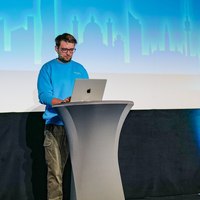
Maksim Nabokikh
Palark GmbH

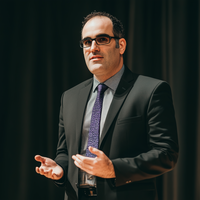


Peter Zaitsev
Percona, Coroot



Hoang Dinh Nguyen
Viettel Group



Rishabh Misra
Attentive Mobile Inc

Sayan Mondal
Harness

Maarten Raaijmakers
Raynmakers


Aarno Aukia
VSHN - The DevOps Company

Edgar Mikayelyan
Qrator Labs


Aarno Aukia
VSHN - The DevOps Company




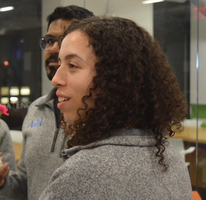


Vamsi Krishna Rao
Salesforce
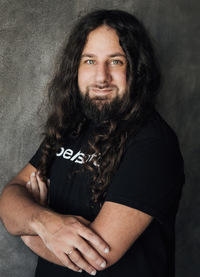

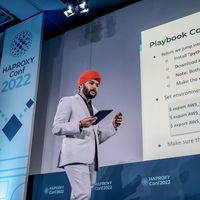
Gursimar Singh
DevOps Consultant

Tech Internals Conf is the leading conference for developers of complex and highly loaded systems
Participation options
Offline
The price is soaring —> the closer the conference is, the more it costs.
The current price of a ticket is —> 360 EUR
If you have any questions you can reach out to our support service —> support@internals.tech
Special offer (from 5 tickets)
To order from 5 tickets, contact us support@internals.tech
leave a request
Changed your mind?
Please tell us why.
Thank you for your reply!
Become partner
of the largest conference for developers of complex
and highly loaded systems
